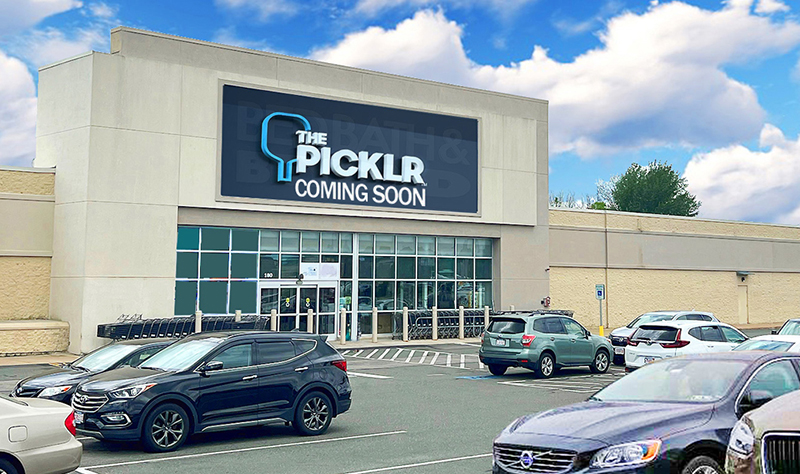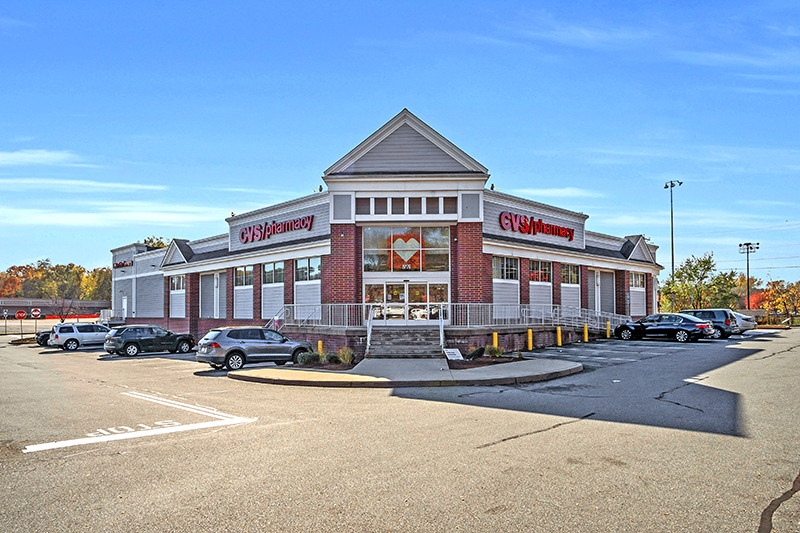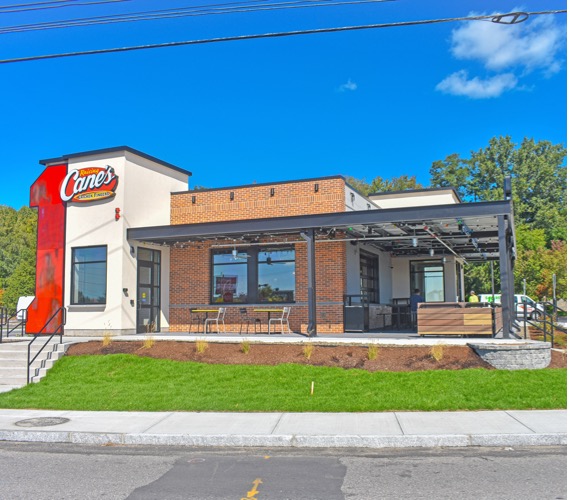News: Retail
Posted: August 25, 2010
Introducing horticulture and landscape elements into the shopping center experience
Introducing horticulture and landscape elements into the shopping experience is not a new concept. The malls that my mother dragged me through as a child were adorned with big Ficus trees living precariously in massive planters that were garnishedwith oversized bark nuggets. Amongst the trees, there was always a simple water feature that I would fantasize about fishing out the riches that people would toss in. Even to a young child, the efforts of the developers and their marketing gurus were apparent.
Today as a contractor, my firm is called upon to take this familiar concept to a whole new level. The shopping experience is breaking out of the confinement of built spaces and being allowed the more flowing characteristics that can only be achieved out doors. Ironically, the finishing touches are still accomplished through various forms of landscaping, hardscaping and water features.
The softening effect of trees, shrubbery and groundcover used to transition the building façade to the pedestrian walkways and ultimately to the landscaped areas is what can be considered the classic landscape model. Beyond the aesthetic function of the plantings; the lush nature of the plants, the coolness of a green lawn area and shading effect of mature trees can literally condition the environment; much the way that an air conditioning unit can do for the inside shopping experience. Beyond the obvious, there are subtleties that play to your sense. A strategically placed waterfall or fountain can add the white noise that strikes a familiar chord to us. Creative plant selection can be inviting to butterflies and birds alike. Despite its pleasant nature, it's virtually impossible for the layperson to understand the vast infrastructure required to accomplish this type of experience. At times, as planners, developers and contractors we long for the predictability of its enclosed predecessors.
Development in general has in recent years become an unlikely catalyst driving the increased momentum behind Sustainability. Outdoor Shopping Centers, by their very nature, are prime candidates for "green" programs like LEEDS and Green Building initiatives. The vast parking requirements of these centers are conducive for rain gardens and other filtration systems designed to reduce the quantity and improve the quality of storm water re-entering the groundwater. Not only do these systems have to accommodate abnormal rainfall but they must also accommodate plowed snow as it slowly melts and leaches back into the groundwater. Where larger footprints are unattainable, underground parking is commonly part of the infrastructure. The sprawling nature of these centers often creates the need to landscape over these parking structures. Again, drainage becomes paramount. One way that building owners can achieve higher levels of sustainability is to collect the rainwater in cisterns instead if reintroducing it into the groundwater supply. The collection and reuse of this so called "grey" water for irrigation is very costly but it speaks volumes about the owner's commitment to balance development with sustainability. There is pretty strong evidence that if given choices, tenants and the public alike are more likely to patronize a center that has proven to be committed to sustainability.
As landscape professionals, we have a responsibility to developers, architects and end users alike, to help guide them through the maze of decisions as they relate to the grounds. Many of the variables we look at are quite objective. We look at functionality, constructability and costs that can be plugged into their budget and feasibility models. The more subjective variables are much more difficult to validate.
Can a price be put on the relaxation of a husband sitting on a bench, near a waterfall, under a tree, adjacent to the clothing store, while his wife casually browses through racks of clothing? What would a mother pay to have her young child playfully chase butterflies rather than moaning while hanging on a clothing rack. How much money will be spent by a group of teenagers who refuse to eat meat but will happily spend their money at a store, in a shopping center that waters its landscape with re-used water? Although the data on these benefits can be elusive, time and time again these developers and owners are choosing to replicate this model.
My firm is proficient in applying landscape elements to a development and the cost associated with the construction and long-term maintenance of such projects. We leave the analysis of the return on this type of investment to the experts in that field. My litmus test for success is their willingness to take on this type of project again.
Jon Ciffolillo, MCLP is vice president of business development at Greenscape, Inc., East Taunton, Mass.
Tags:
Retail
MORE FROM Retail
Mace of KeyPoint Partners negotiates 36,192 s/f lease for The Picklr at Endicott Square
Danvers, MA KeyPoint Partners (KPP) negotiated a lease with the nation’s premier indoor pickleball venue The Picklr at Endicott Sq. Vice president of retail brokerage Don Mace negotiated the transaction on behalf of the landlord.




.jpg)



